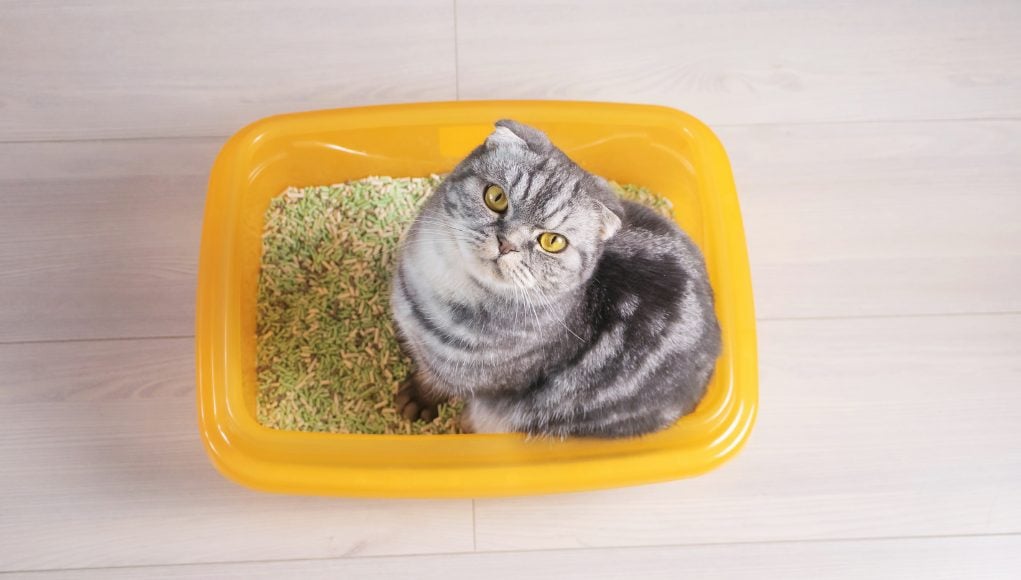Table of Contents
Do you have a kitten at home? If yes, how are they coping so far?
Are they doing well with litter training, or do you still have problems with them acting stubborn in their new home?
One thing that new cat owners worry about when they bring a kitten home is potty training them. But with an adult cat, it shouldn’t be a problem—hopefully.

This article will discuss what steps to follow in potty training your kitten. We will also discuss how they should keep their litter habits and dos and don’ts behind it.
Are you ready? Now, let’s begin.
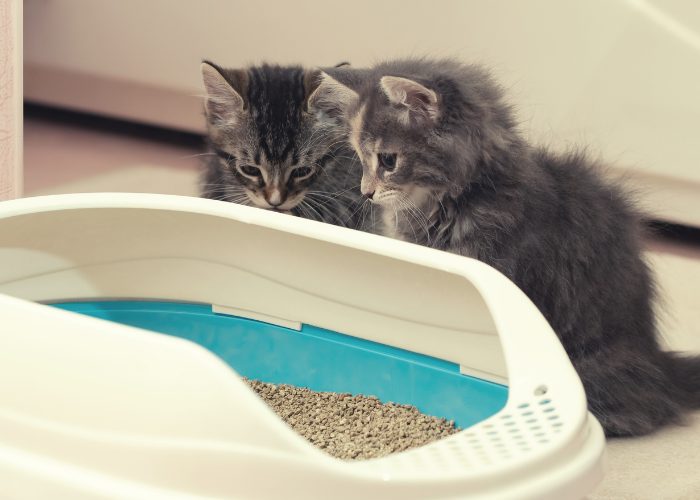
Before Litter Training
Ready to start litter training your kitten as soon as possible? Here are some of the things that you should take note of.
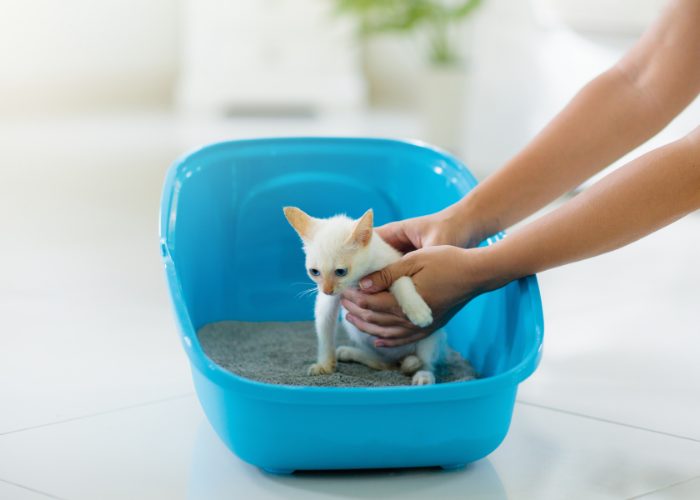
Before Litter Training #1: The right age for litter training
During the first few weeks after birth, mother cats lick their kittens’ bottom to stimulate their genital area. This process is a natural grooming behavior between cats, and it helps their young to pee and poop more easily.
However, if their mother is unable or unwilling to nurse her kittens, the cat owner must do it themselves. To start, start wiping their bum with a soft tissue or towel.
You can do this when they are around three to four weeks old. During this time, it will also be the start of their weaning period.
But if you adopt adult cats, they can start litter box training immediately. Thus, it would be best if you had your cat litter supplies by then.
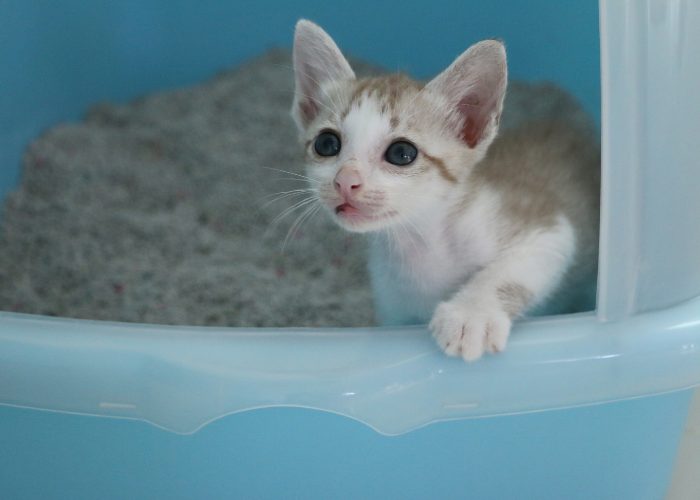
Before Litter Training #2: The right litter box
Deciding on the best litter box for your kitten may look like a trivial task, but it makes a huge difference.
According to Dr. Sally J. Foote, DVM, kittens get intimidated by huge litter boxes. Hence, she recommends a litter tray that is 13 by 9 inches.
But if you have an older cat, you might need a full-sized litter box. Litter boxes should at least be 1½ times the length of your cat.
Furthermore, since cats are territorial animals, every cat owner should provide each cat with two litter boxes. One for peeing and one for pooping.
Concisely, having multiple and extra litter boxes will prevent them from overcrowding and littering in another place.
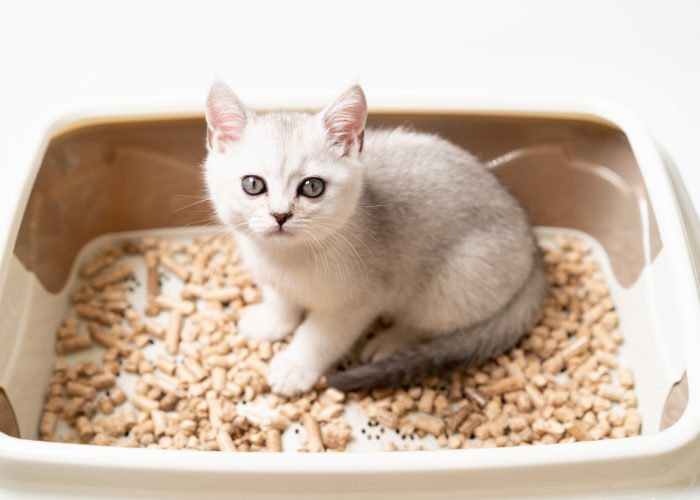
Before Litter Training #3: The right litter
Besides the litter box, you must also choose the suitable litter for your cats. Written below are the best options that you might want to consider.
First and foremost, when choosing a litter, you may want to buy something that has an absorbent, unscented, and dust-free quality.
Litters with dust can be harmful to both young and adult cats as they can cause a respiratory tract infection when inhaled.
On the other hand, it can be pretty tempting to buy scented litter for your litter box.
However, some cats are uncomfortable with strong scents. Thus, it is best to remove these types of products from your list of choices.
Lastly, it would also be best to choose an absorbent litter instead of a non-absorbent one. Absorbent litter clumps the cat’s waste, making it easier for you to scoop and throw it away.
Although some people prefer non-clumping litter as it is less expensive, others choose it because it is what their cat likes.
Nonetheless, there is no final word on which litter is best in the market. Overall, it’s still a preference between you and your cat.
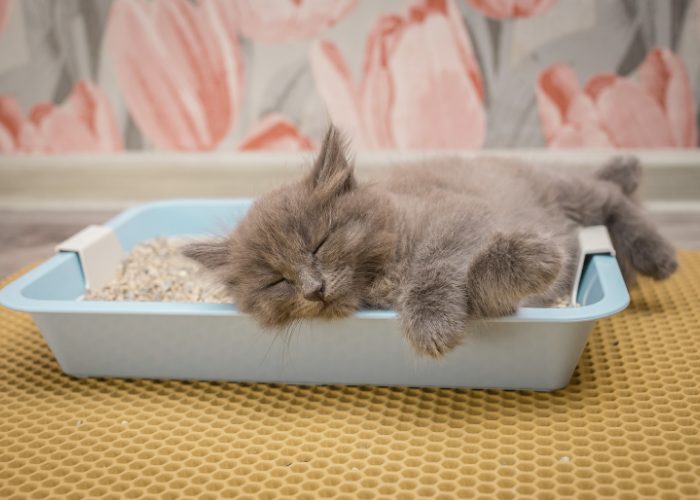
Before Litter Training #4: The right place for your litter box
The location of your cat’s box also plays a vital role in making your cat use them.
Cats are pretty secretive with their toilet habits. However, it doesn’t mean that their litter boxes should be in a hideaway.
Cats don’t want to feel trapped or cornered whenever they use the toilet. They also don’t want it to be in such a dark area where they feel extra isolated.
Thus, it is best to place their litter box where it is pretty bright but with no distractions, such as the bedroom or the bathroom.
If your house has more than one floor, place one litter box for each level.
However, bear in mind that your kittens grow old. They might have a hard time reaching their litter boxes once they become old and arthritic.
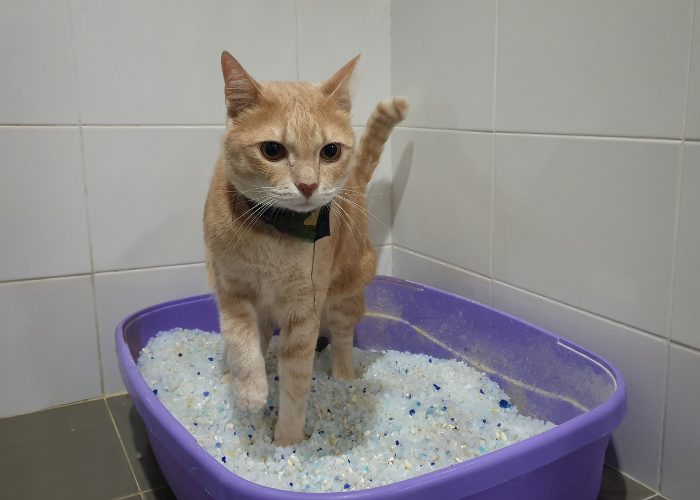
Before Litter Training #5: The right way to introduce your feline to their litter box
Once you’ve done everything I mentioned above, you can now show your kitten to their litter box.
Let them explore or familiarize themselves with it before gently placing them inside the box.
They may run their paws on the litter on instinct. But if they don’t, you can demonstrate it to them by clawing through the litter box using your fingers.
Some kittens may have a hard time navigating through the litter box due to its unfamiliarity. However, you may help them by placing them in the litter box after eating, drinking, or sleeping.
This practice will help them associate peeing and pooping to the box.
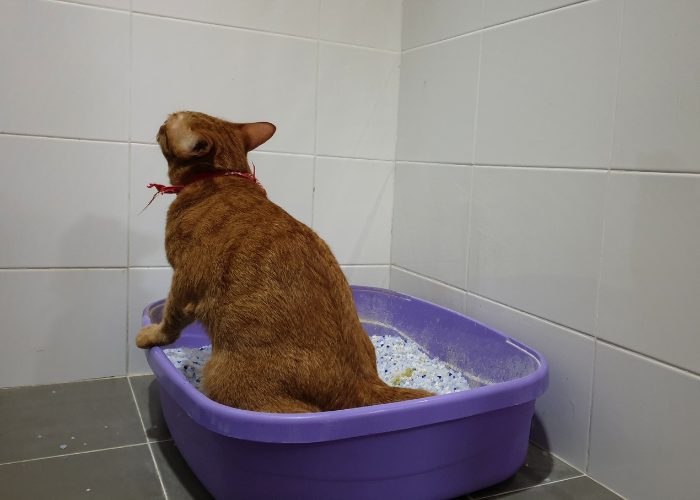
During Litter Training
If you have the things prepared for litter training your cats and kittens, you may want to proceed with these steps.
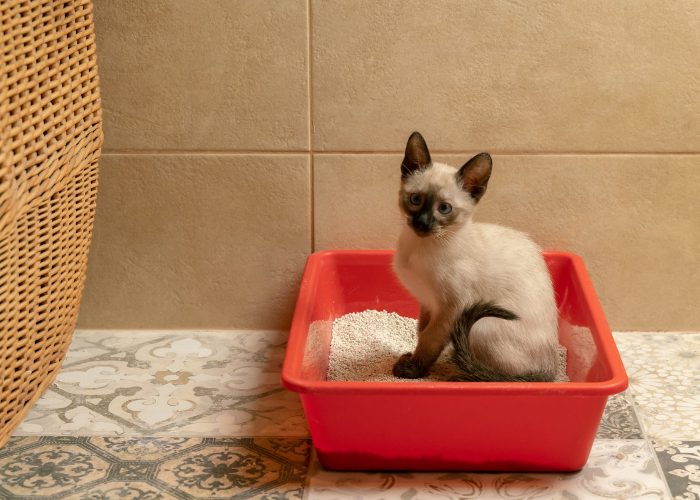
During Litter Training #1: Stimulating kittens into peeing or pooping
Relative to helping your kittens get familiarized with their litter box, you must also help them stimulate their bums simultaneously. Here are some steps you can follow to assist your young felines.
- Use a soft, absorbent cloth to avoid irritating your kitten’s skin.
- For quicker stimulation, choose a position that works both for you and your kitten. Afterward, hold your kitten steady and gently rub the genital area in a circular motion.
- Once they begin to pee or poop, continue to stimulate them until they’re finished. This whole process may take from ten to forty seconds.
Doing these things encourages your kittens to move and use their muscles. Helping them survive, in general.
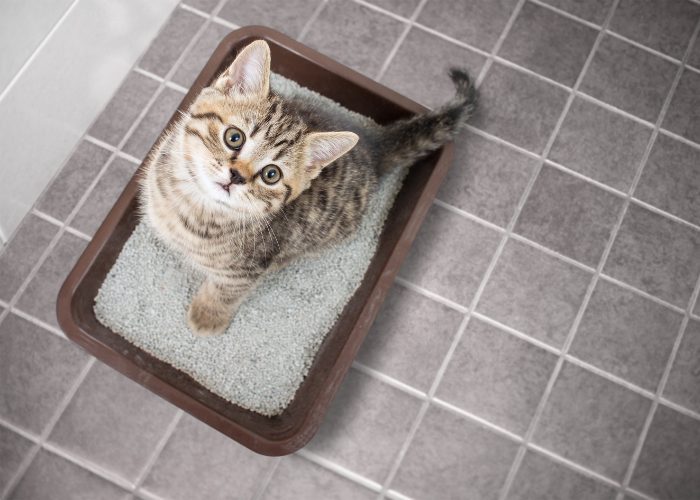
During Litter Training #2: Giving them treats to practice good litter habits
After training your kittens to litter in the litter box, you must reward them immediately by treating them with their favorite treat. This technique will help them create a positive association about soiling in the right place.
You can either give it to them after they have covered their waste or groom their private.
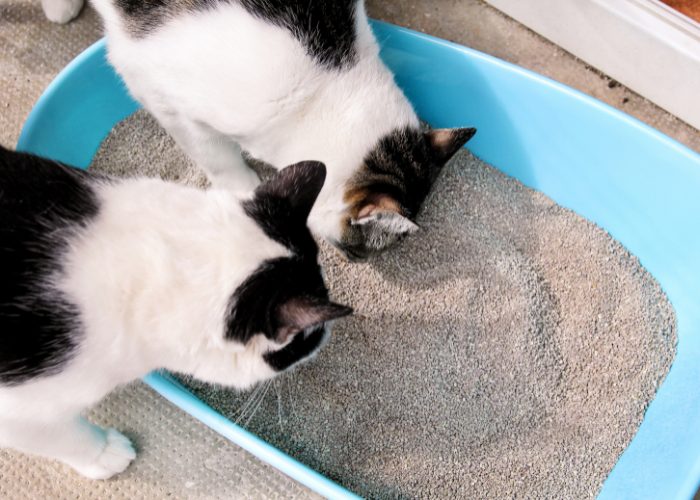
During Litter Training #3: Do not scold your kittens; encourage them
If your kitten makes a mistake by littering outside their box, do not yell at them. Instead, it would be best if you clean after your kittens quietly.
However, it would be best if you encourage them further after doing it.
Please do not force your kitten to eliminate their waste in the box. It will only cause a negative association to them.
Hence, it would be best if you go square one. But this time, slowly but surely introduce the litter box to your kittens.
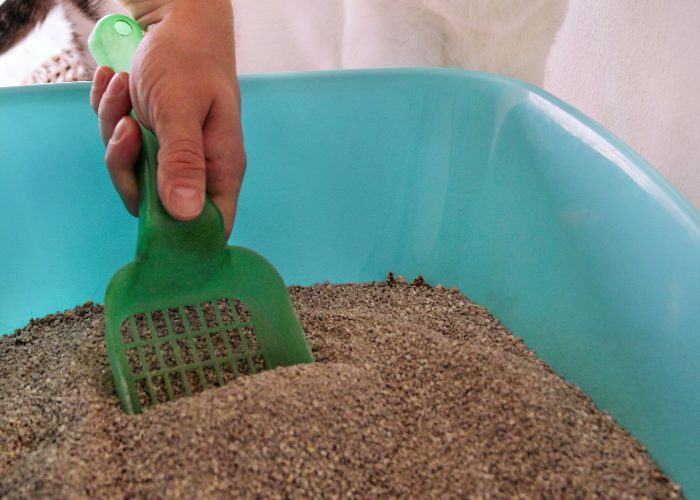
During Litter Training #4: Place outdoor soil in the litter box
Typically, older cats will be seasoned litter box users by the time they come to live with you. However, if the cat in issue was an outdoor cat, you might face a litter box training problem.
Instinctively, outdoor cats may already know the purpose of the litter box. But since they are not used to it, it may be hard for them to adapt to the said item.
In cases like this, Vetstreet recommends starting by filling the box with outdoor soil. Then, as they slowly get accustomed to it, gradually replace the dirt with litter.
This method will help them get comfortable with their litter box.
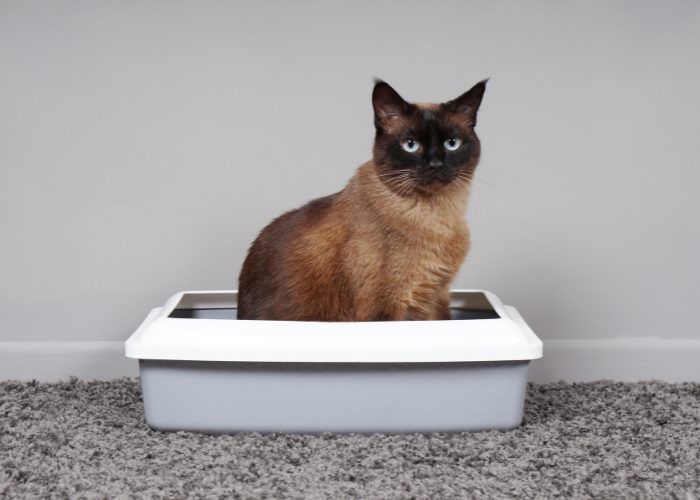
During Litter Training #5: Give your cat some privacy
One of the most important things to do during litter training is to give your cat some privacy while doing it. Without it, they may feel uncomfortable using their litter box.
Thus, it would be best to restrict them to a secluded area with the box (e.g., bathroom or laundry room). By doing so, it will help your cat know that the litter box is its comfort space.
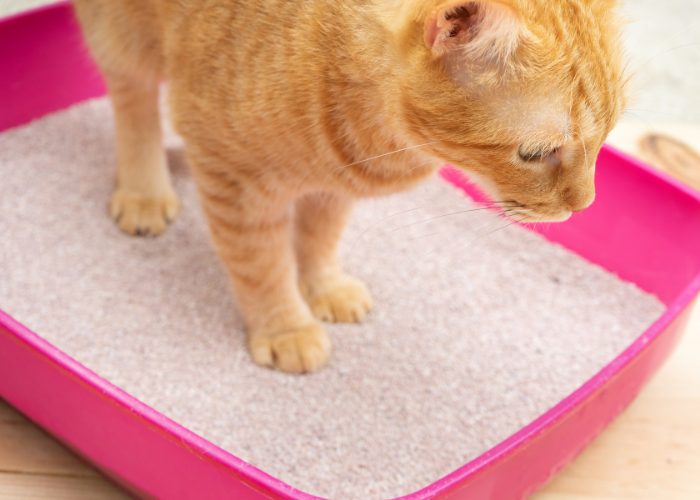
After Litter Training
Some problems may arise after litter training your kitten. They may stubbornly refuse to use their litter box again; thus, completely ignoring it.
If your kitten or cat does all of these, the following list might help you.
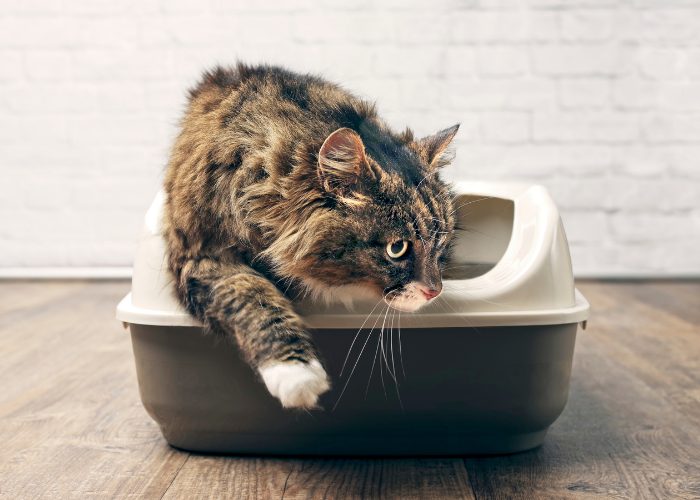
After Litter #1: Check their litter box location
As discussed earlier, cats and kittens tend to be secretive with their bowel issues. Thus, if they refuse to soil in their litter boxes, you may have unintentionally placed it in an uncomfortable space.
To solve this, first, you must evaluate the setup of your litter boxes.
Did you place the litter box in an open area? Or did you put them in a room with no light?
If your answer to either of these questions is “yes,” then maybe you need to move the litter box somewhere else.
Subsequently, try to observe if the place makes them go back to it or not. If it’s the latter, then you must shift to another post again.
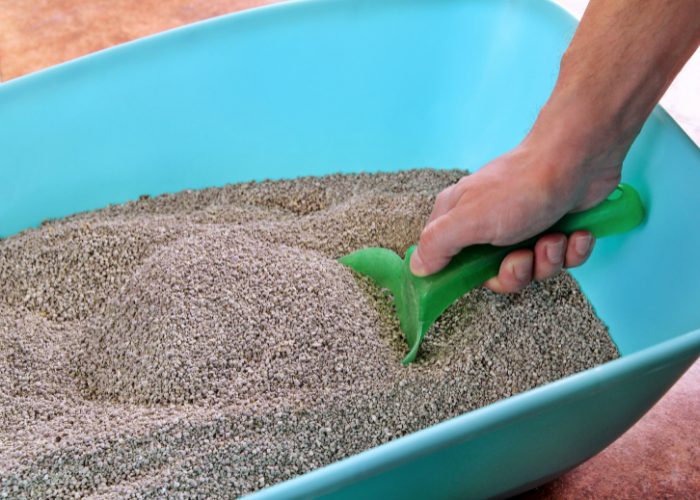
After Litter #2: Check what’s inside the litter box
Cats are one of the cleanest animals. They significantly take importance in their grooming and hygiene.
Thus, if your cat still refuses to take a dump in their box even at their new location, the problem might be inside the box.
Try cleaning your litter boxes at least once or twice a week. You can either change the litter or wash the said item thoroughly.
You may also disinfect the box with a disinfectant. However, you must be careful not to use a product that contains phenol.
Furthermore, please don’t use disinfectants with an intense fragrance. The smell may only discourage the cat from using their litter box.
After cleaning, make sure to add more litter for about two to three inches deep. By doing so, it will give your kitten a room to dig.
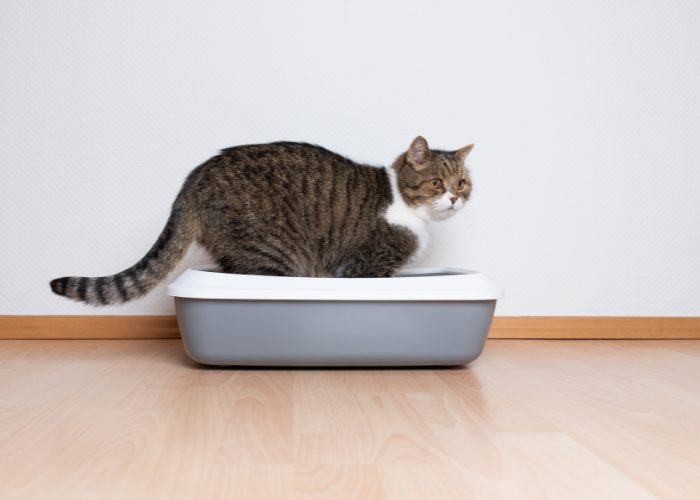
After Litter #3: It could be stressful
If your cat still refuses to use their litter box, then maybe it’s because of stress.
Several factors can cause stress. It can be due to constantly changing their litter boxes or having other cats invade their privacy.
To address this, you may use pheromone diffusers to alleviate the stress from your kittens. It may also help them feel more comfortable with their surroundings.
If pheromone diffusers are not available in your area, you can stick to the methods aforementioned above.
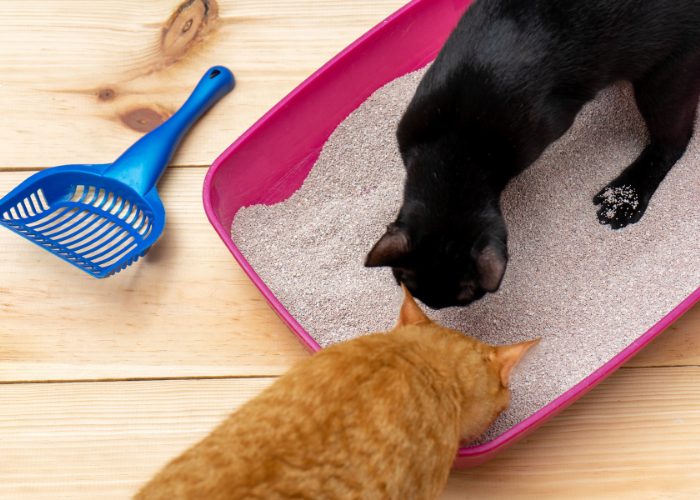
After Litter #4: Multi-cat household conflict
Having many cats in your household can be fun. However, it can also cause a bit of a problem.
As some cats are territorial, it might be hard for them to share their litter box.
To make them use their litter boxes, avoid placing them in one corner. Because to some kittens and cats, this will look like they are sharing one big package.
This dilemma will lead them to refuse to use their litter boxes and have more tension with other cats.
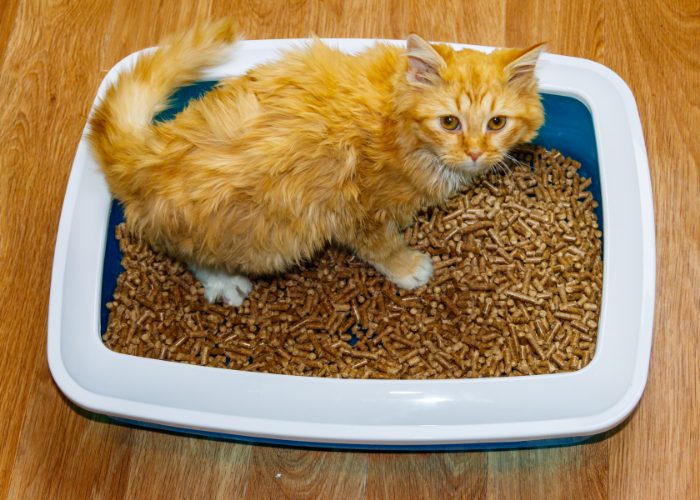
After Litter #5: Urine Marking in cats
Aside from the need to pee, there are other reasons why cats pee outside their litter box. And that is to mark their territory.
Unlike dogs, who need to determine who’s in charge, cats see themselves as equals. But despite this, they still don’t like sharing their personal space or territory.
Cats can handle confrontation. However, when that happens, they often get stressed.
Thus, they use urine marking to tell other cats that the territory is theirs.
If your cats do this, here are some ways to discourage them from doing it again.
- Clean the soiled area by using a mild fragrance soap to get rid of the smell from their urine. Using strong ones could cause your cat to mark that place again.
- Don’t let them access the area they soiled. The lack of accessibility can discourage your cats from marking the spot again.
- Keep the items that smell unfamiliar to them. It will keep them from marking the said territory.
If you own two or more cats, expect to see multiple markings in your own house.
Conclusion
A new kitten means thousands of responsibilities stored for you. And by all means, more will come in the future.
Thus, teaching your kittens how to litter is probably one of the things you are most wary of.
Litter box training takes some time to learn. But once they get used to it, your kitten will be using their litter box like it’s their second nature.
And if you don’t succeed at first, then keep trying.
Many cat owners get discouraged when they see their cats not following their orders. But it would be best if you remember that without patience, there is no virtue.
Besides, love and support will further help your kitten master the arts of littering.
Next Read: 5 Best Potty Training Tricks for Dogs
WANT TO SHARE THIS…


